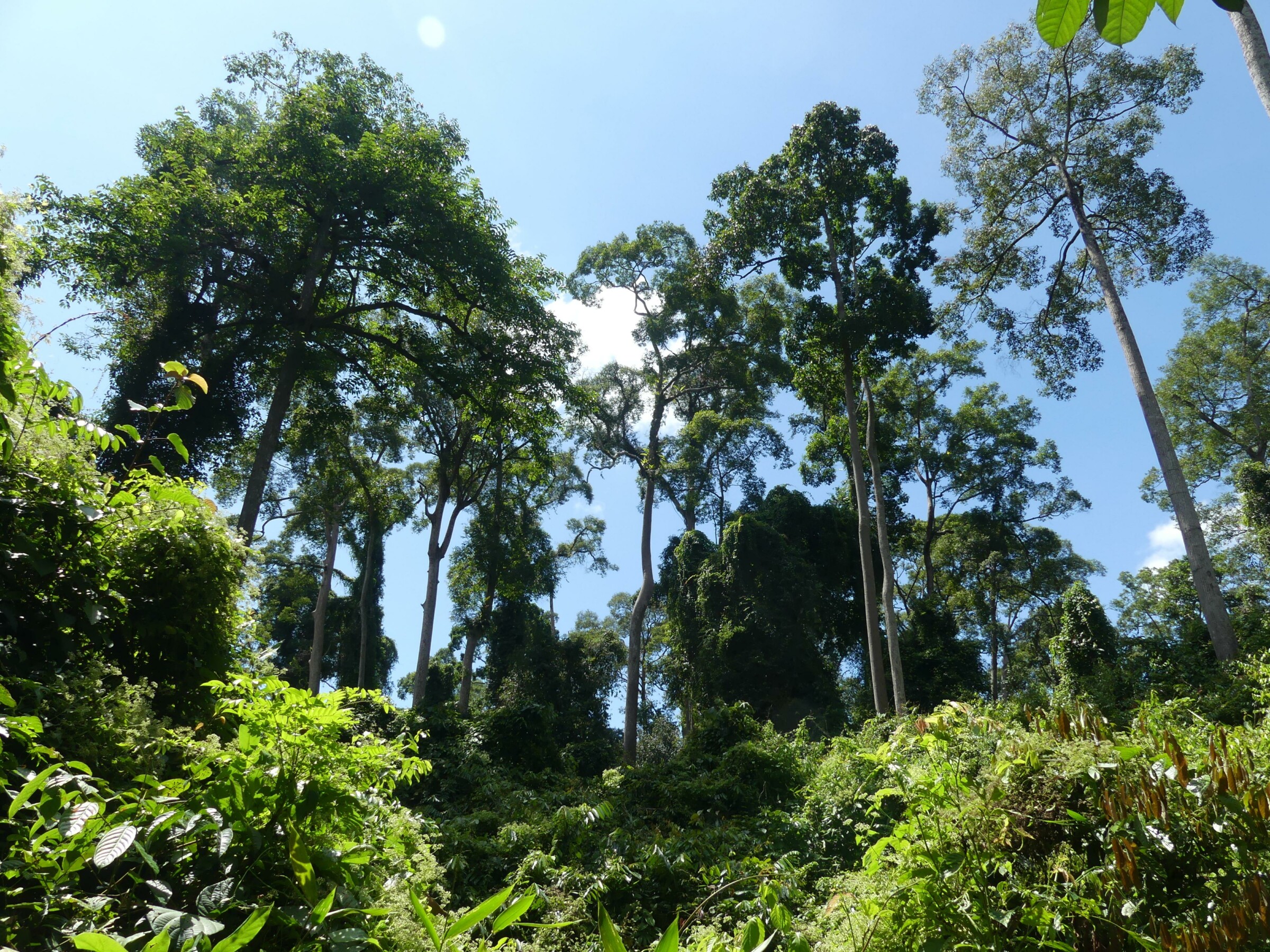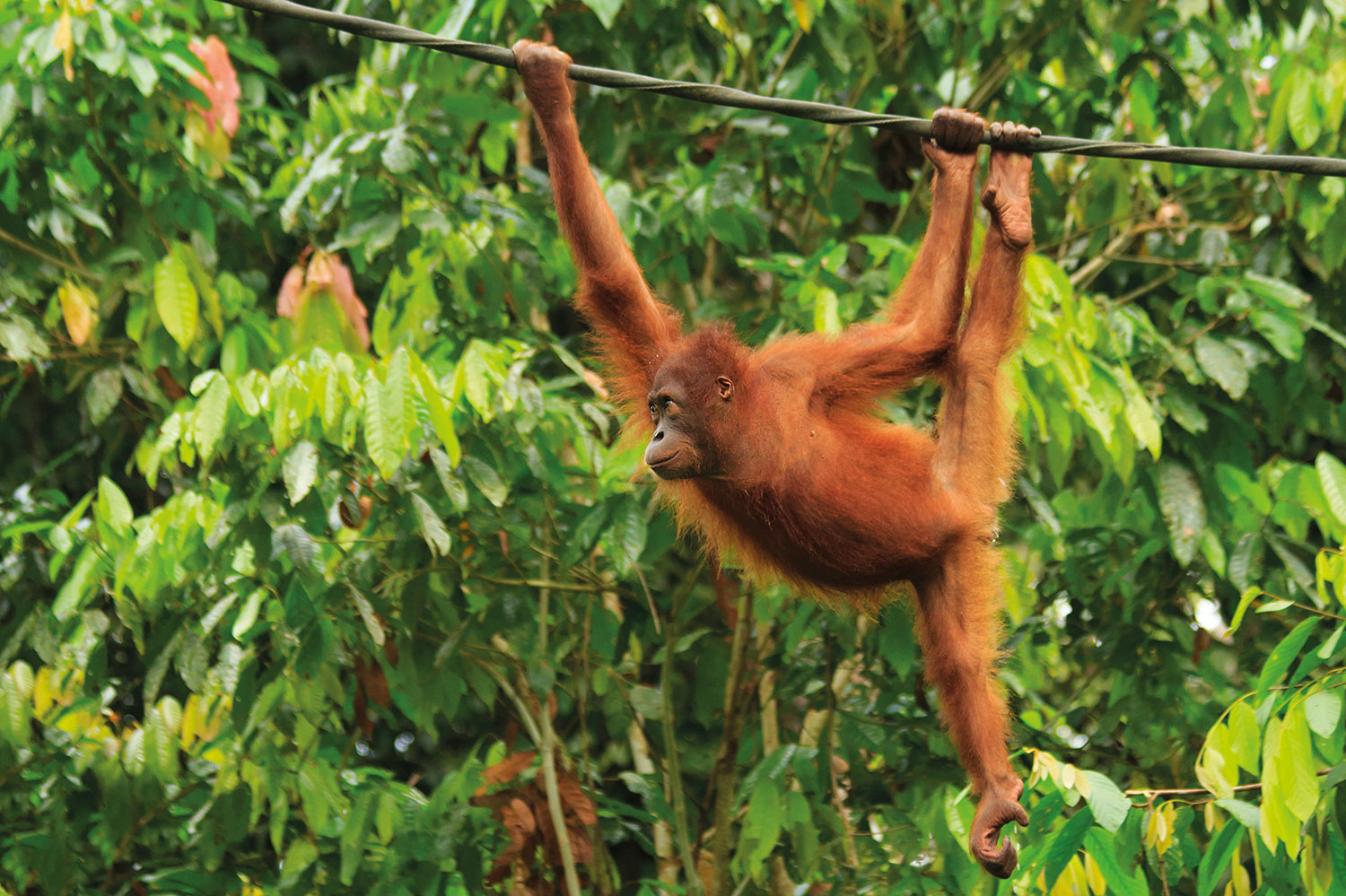Field notes: what to expect when hiking Mt Kinabalu

As the tallest mountain between the Himalayas & New Guinea, Mt Kinabaulu is Borneo’s highest climb. We sent Claire, one of our InsideAsia team, to tackle it – and to make notes of how she got on.
If you’re keen to tick the 8.8km summit trail off your bucket list while visiting this bright green rainforest nation, here’s our guide to what to expect when hiking Mt Kinabalu.
Introduction to the Mt Kinabalu hike
First things first, this is a two-day, one night hike, with accommodation and food included in the price. This is the only way you’ll be able to do the hike, and you’ll need a permit to do the climb (checked when you set off and also near the top of the mountain before you summit).
As multi-day mountain hikes go, it’s quite achievable – in as much as you won’t need specific mountain training or special climbing gear like crampons, as long as you have a good level of fitness. Make sure you’ve got a sturdy set of walking boots and good thermal/waterproof clothing, and you’ll be well prepared!
You’ll have an experienced guide with you and your booking party, so you’ll never be alone on the mountain and won’t have to rely on your own map reading skills (phew). The route’s clearly signposted with km markers so you know how far you’ve got to go, which is helpful on the way up.
This is quite a popular climb, and there’s a fairly steady progression of people up the mountain. If you’re competitive, that’s great – it can feel like a bit of a race as you get nearer the summit!
Day one
Arrive at Kinabalu Park the day before setting off, where you’ll have the chance to explore nearby botanical gardens and settle into the camp. You’ll see people milling around checking in and out for the climb, lots of huts that make up different types of accommodation to suit different budgets, and several places to eat and meet other climbers.
The next day, you’ll set off through the rainforest, weaving your way up through fairly narrow but well-defined paths. The terrain is mixed – you'll be climbing over small rocks and up steps – and it feels like a medium-strenuous level walk through forest with some steep sections.
You’ll stop periodically at small shelters to catch your breath and have a drink or snack, before the group gets moving again.
As you get closer to the guesthouse, the trees thin out and it’s possible to start to get some views if the weather’s good. Here, the terrain starts to get a bit looser, and you’ll have the climb up over some steeper rocks.
You’ll do about 6km that first day before reaching your accommodation for the night.
Where you’ll stay
Remember that you’re sleeping halfway up a mountain – the accommodation is going to be basic! You’ll be sharing dorms (complete with bunk beds) with other climbers, and there’s no electricity. That means it can be chilly if it’s been wet on the climb up, but it also adds to the rustic nature of the experience.
You’ll feel even more appreciative when you realise everything at the guest house has been carried up by porters on their backs – from gas cannisters to cooking equipment and all the food – which is quite the feat.
That night, you’ll have buffet style food and queue up for a warm and filling plate of rice or noodles and meat. You can take the chance to chat with other climbers at communal tables or play cards before getting an early night ahead of tomorrow’s summit.
Our advice? Embrace your home for the night, be respectful of the space, and hunker down ready for the next day – it'll be an early one.
Day two
Prepare for an early awakening!
Claire got up at 2am and the groups were all dispatched in order. As her group had been the first to arrive the day before, they were the last to set off – on the grounds that they’d need to pace themselves to reach the summit at the right time.
A note on clothing: you’ll move through lots of cloud on the way up so it’s important to remember warm clothing – don’t be deceived by the humidity when you set off from Kinabalu Park and sweat your way up through the rainforest.
This section of the climb is a lot more scramble than hike, and you’ll need to use the pull up ropes the guides set out to help you move across the rock face. It’s not particularly steep, but quite exposed – and you’ll find flat, polished granite rocks as a sheer open expanse, way above the clouds.
You’ll complete this part in the dark, and, as you look back, will see a little trail of head torches weaving their way up the mountain behind you.
After a few hours, you’ll reach the summit in time for sunrise. Expect incredible views as the sun bursts through over the clouds – making the early start and two days of climbing more than worth it. Claire said:
“The views were really spectacular and it was an amazing thing to tick off the bucket list. Be prepared for the weather (cloud cover might impact your views!), accept that this a very rustic experience (don’t expect luxury), and strap in for some significant climbing – it'll be well worth the trip.”



